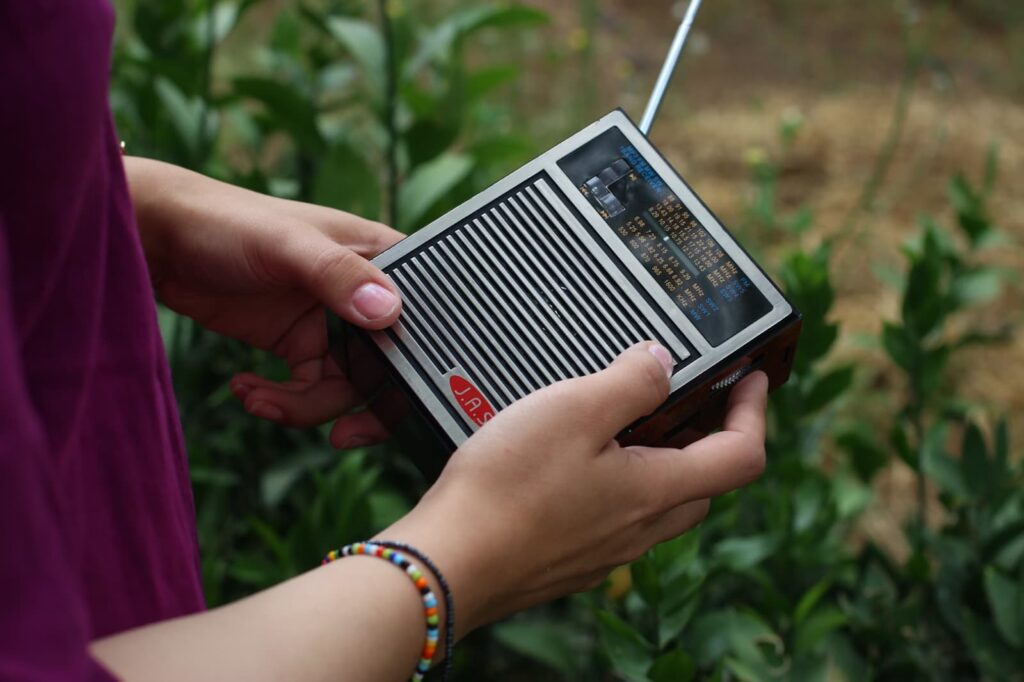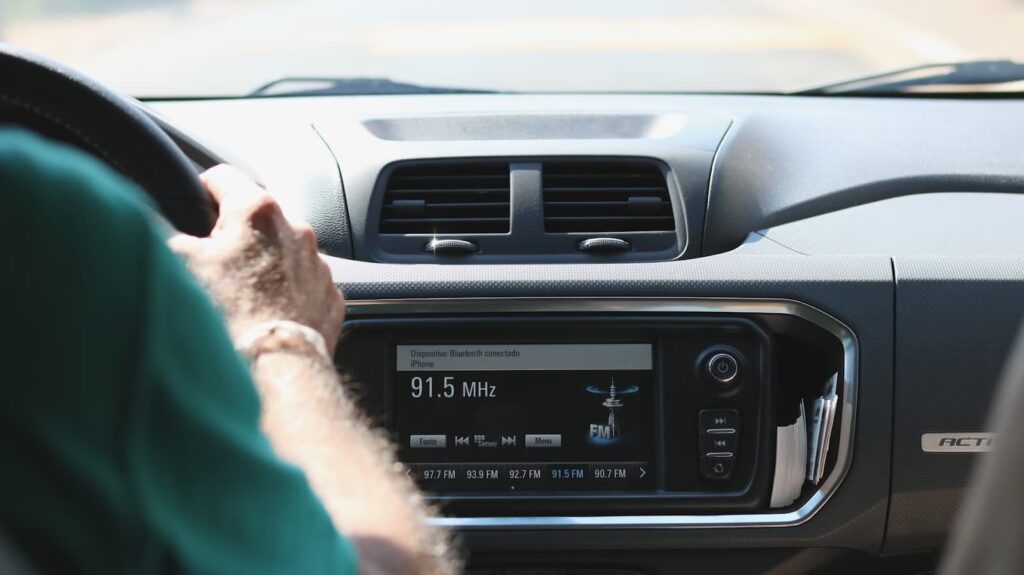Canada’s vast landscape, diverse weather patterns, and scattered rural communities make radio an indispensable tool during emergencies. When disasters strike—whether they be wildfires, floods, or snowstorms—radio stations become lifelines, delivering critical information that can mean the difference between safety and catastrophe. Unlike television or the internet, which can be interrupted by power outages or poor connectivity, radio’s resilience and reach ensure it remains a vital source of communication, especially in the most remote and vulnerable regions of the country.
In the face of such emergencies, radio isn’t the only technology at work. Flight radar systems, commonly used for tracking aircraft, also play a supporting role in monitoring weather conditions and air traffic. Emergency services can use these tools to assess the impact of dangerous weather patterns, ensuring that aid flights and evacuation efforts proceed safely. While flight radar isn’t the primary focus during a wildfire or snowstorm, it complements radio by providing additional data that informs both air and ground operations.
The Role of Radio in Canada’s Emergency Infrastructure
In Canada, radio is deeply embedded within the country’s emergency infrastructure. Given the country’s size and varied geography, broadcasting has long been a primary mode of communication, especially in remote or underserved regions where internet access is limited or non-existent. During emergencies, radio stations activate specialized protocols to deliver timely, accurate, and localized information to residents.
For instance, during wildfire season, particularly in provinces like British Columbia and Alberta, local radio stations provide continuous updates on fire progression, evacuation routes, and safety advisories. These updates are crucial as wildfires can spread rapidly, and radio reaches people who may not have access to television or smartphones in real time. Public safety announcements on radio often include advice on where to seek shelter, how to prepare homes, and what supplies to have on hand, offering practical tips that could save lives.
Similarly, during severe winter weather conditions in regions like Quebec, the Maritimes, and the Prairies, radio stations are the first to broadcast emergency road closures, power outages, and safety warnings. When snowstorms or ice storms hit, they can disrupt basic services, but radio frequencies can continue to operate independently of the internet or power lines. With battery-operated or hand-crank radios, people can stay informed even in the harshest conditions. This reliability has positioned radio as the go-to medium during weather-related crises.
How Radio Adapts to Modern Emergency Response
Over the years, Canadian radio stations have adapted to serve modern emergency needs. One of the most significant advances in recent years is the collaboration between radio broadcasters and government emergency response agencies. The implementation of the National Public Alerting System (NPAS) is a testament to this partnership. NPAS enables Canadian authorities to send alerts over all radio stations, ensuring that critical messages—such as those regarding evacuations, Amber Alerts, or natural disasters—reach the widest possible audience. These alerts are automatic and instantaneous, reducing the time it takes to inform the public and allowing for faster response times.
Furthermore, many radio stations are now incorporating social media and digital platforms into their emergency broadcasting strategy. They provide updates on Twitter or Facebook while continuing to deliver messages over traditional radio frequencies. However, during large-scale power outages or in areas where cellular towers are compromised, the traditional FM and AM bands still prove to be the most reliable channels for communicating with the public.
During emergencies, the role of radio is not just to provide logistical information. It also plays a significant role in keeping communities connected. Radio hosts offer emotional support, guidance, and a familiar voice in a time of uncertainty. Local stations, in particular, have a close connection with their communities, and hearing a trusted voice during a crisis can provide much-needed reassurance. In small towns, community radio stations have a special place as they broadcast hyper-local content, ensuring that the specific needs and conditions of the area are addressed.
Real-World Examples of Radio’s Role in Canadian Emergencies

Radio’s critical role in emergencies has been proven time and again in Canada. The 2016 Fort McMurray wildfire, often referred to as “The Beast,” is a prime example of how radio stations became indispensable. The fire, which forced the evacuation of over 88,000 people, rapidly spread across northern Alberta. As the fire engulfed the region, communication infrastructure became compromised, leaving many without access to the internet or television. Radio stations, particularly local ones, stayed operational and provided real-time updates on evacuation routes, road closures, and safety information. Residents relied on radio broadcasts to stay informed about the fast-changing situation as they navigated the dangerous conditions.
Another example is the ice storm that hit Quebec and Ontario in 1998. The storm left millions without electricity for days, with roads becoming impassable due to ice buildup. During this period, radio was the only means of communication for many, offering updates on the restoration of power, emergency shelters, and where to find food and medical supplies. Despite the scale of the disaster, radio broadcasts continued, providing critical information when people needed it the most.
These events demonstrate how radio remains a vital tool for emergency management, even in an age of advanced technology. When modern digital networks fail, radio proves its worth by delivering information in a dependable and accessible format.
Preparing for the Future: How Radio Continues to Evolve in Emergency Management
Looking forward, Canadian radio stations are exploring new ways to enhance their role in emergency management. One area of focus is on improving the integration of radio with other communication technologies. While flight radar may assist emergency services in tracking weather patterns and air traffic during a disaster, radio continues to be the most direct way to reach large audiences in real time. Radio stations are working to ensure that even as digital technologies grow, they remain an essential part of the country’s emergency response systems.
In particular, stations are investing in technologies like satellite radio and improving transmission capabilities to cover wider and more remote areas. Satellite radio, unlike FM or AM, can broadcast without the need for local towers, which makes it even more reliable in regions with weak infrastructure. As satellite technology becomes more affordable and accessible, radio stations will be able to reach even more Canadians during times of need.
There is also a growing interest in community resilience, with radio stations participating in emergency preparedness drills and coordinating with local authorities. By ensuring that broadcasters are part of emergency planning, they can better anticipate the types of information that people will need in a crisis and ensure it’s delivered promptly.
Moreover, innovations in portable radio technology, such as solar-powered radios or radios that charge via hand cranks, make it easier for people to access broadcasts even if they lose power for extended periods. These tools are increasingly being included in emergency kits, ensuring that radio continues to be a reliable source of information no matter the circumstances.
Conclusion
Radio remains a cornerstone of Canada’s emergency communication network, with its unparalleled ability to reach communities across the country, even in the most challenging circumstances. From wildfires to snowstorms, radio provides essential information that helps people stay safe and make informed decisions. While technologies like flight radar can support emergency efforts, radio remains the most direct and reliable way to keep Canadians connected during crises. As the country continues to face new and unpredictable challenges, radio will undoubtedly remain a critical tool in ensuring public safety and well-being.
